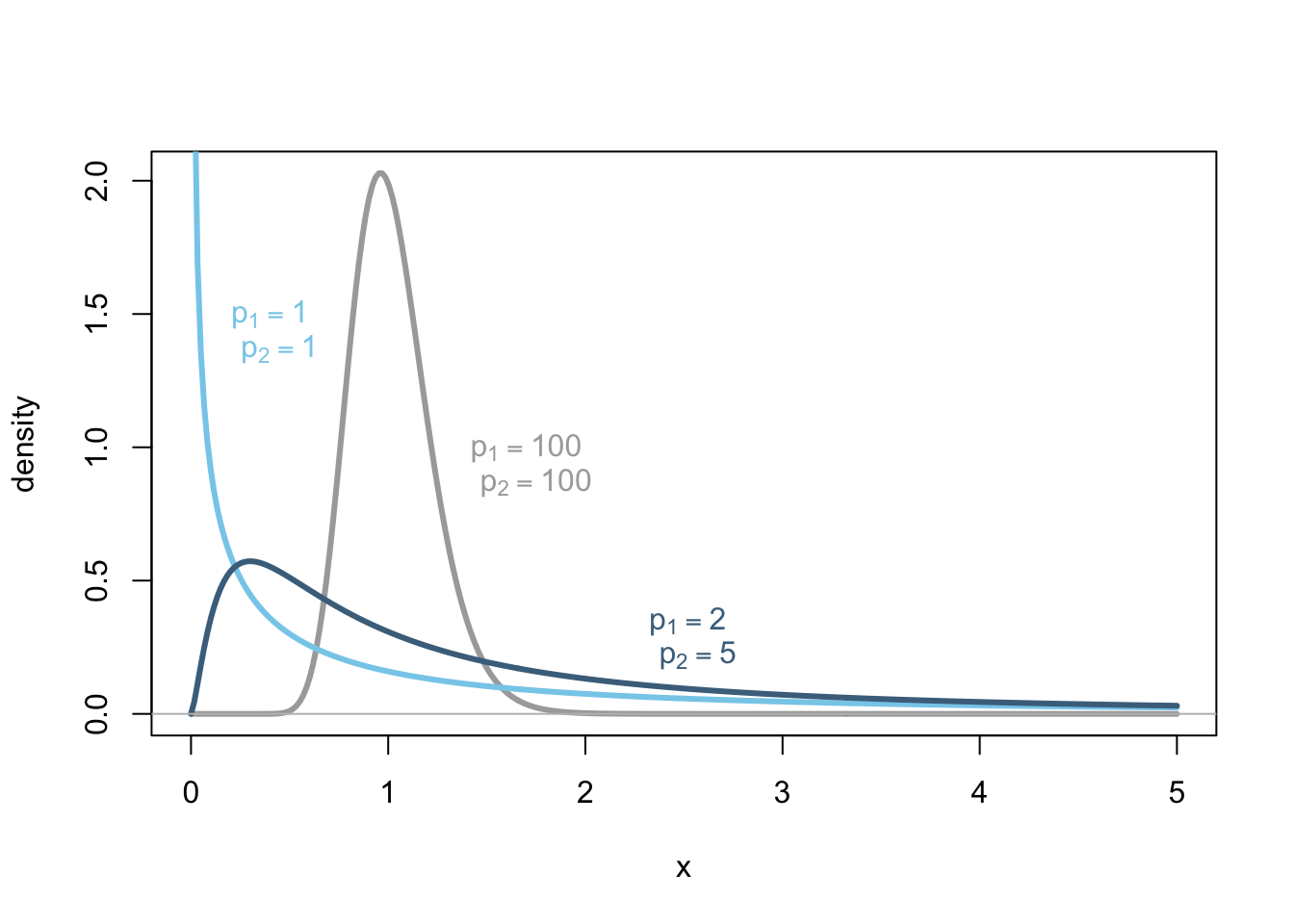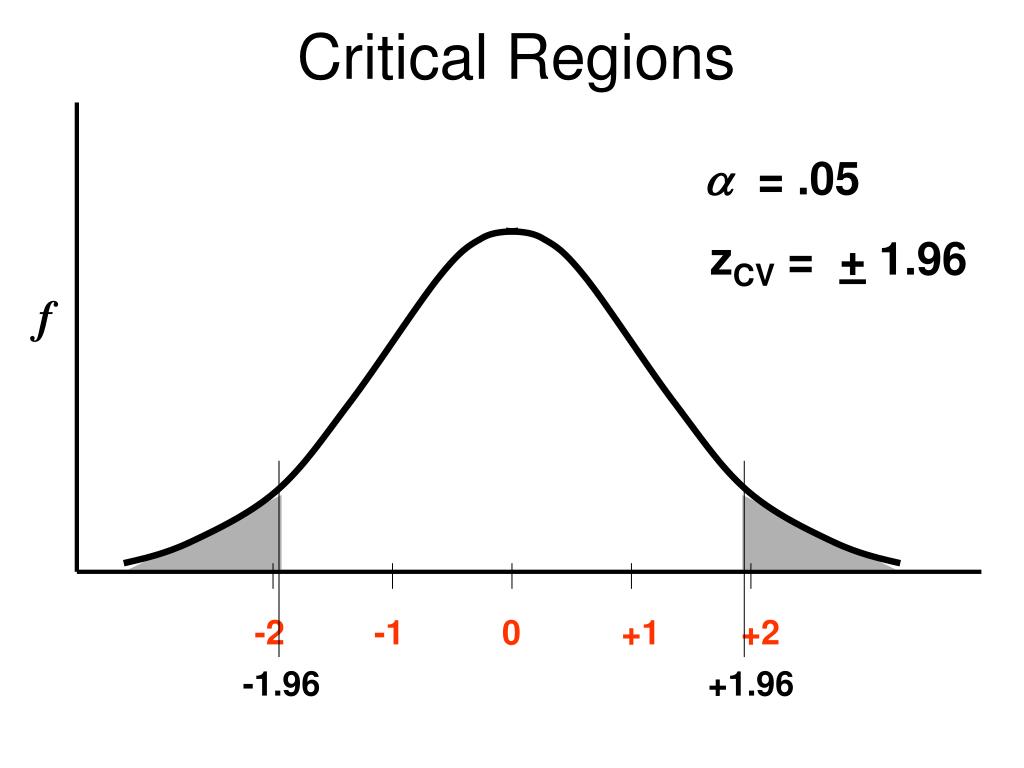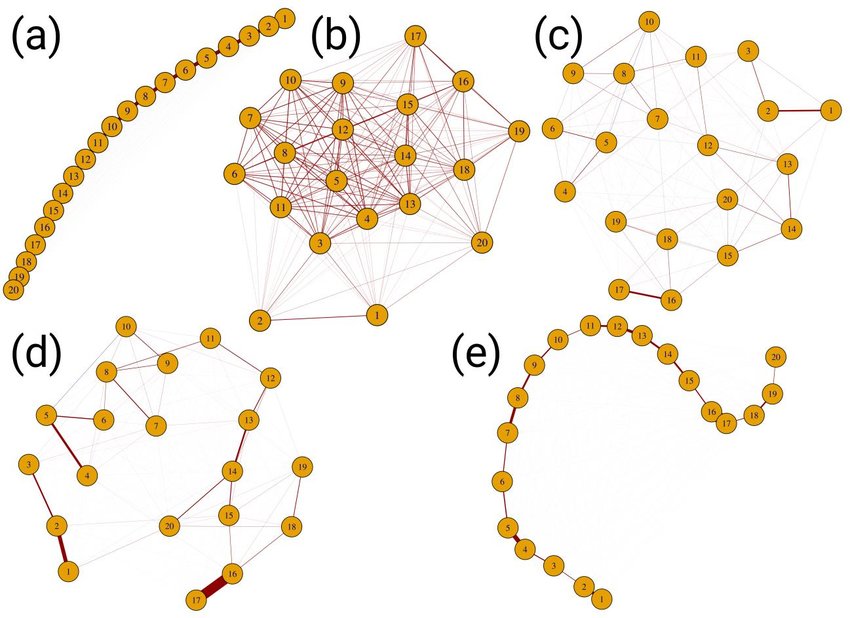Eberhardt’s Statistic
Eberhardt’s statistic is a metric used to measure the effectiveness of a marketing campaign. It was first introduced in 1997 by Professor Jeffrey Eberhardt, who believed that traditional methods of measuring success, such as return on investment (ROI) and cost per exposure (CPE), failed to capture the full impact of marketing efforts. To address this […]










